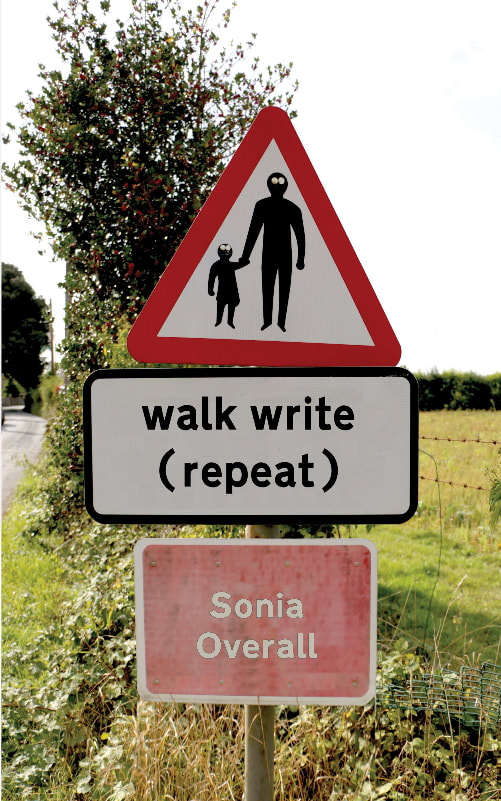|
walk write (repeat)
Author: Sonia Overall Imprint: Triarchy Press Extent: 92pp. Paperback Size: 12.7 x 20.3 cm ISBN: 978-1-913743-18-5 List Price: £12.50 Use code to save 20% Publication: 18th January 2021. Save 20% when you buy any book direct from us. Use promotion code tpdirect at checkout for an automatic 20% discount.
Buy the Paperback (£12.50):
|
walk write (repeat)
|

